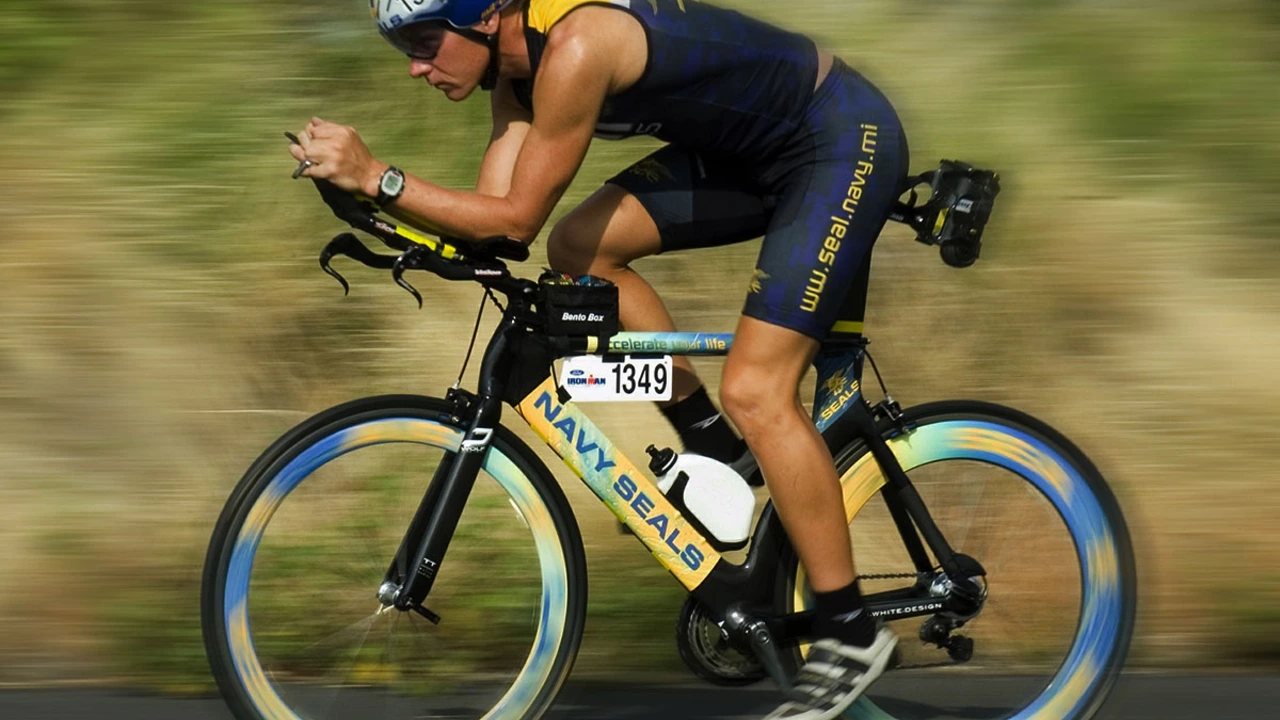SEARCH
Becoming a Cyclist: Your First Steps on Two Wheels
Thinking about swapping the car for a bike? You don’t need a pro’s closet or a fancy workshop. All you need is a bike that fits, a helmet, and a plan to roll out the door. In the next few minutes you’ll know exactly what to buy, how to stay safe, and how to make riding a habit you actually enjoy.
Pick the Right Bike for You
Don’t get tangled up in brand names. Focus on three things: size, purpose, and budget. Ride a few bikes in a shop and check the stand‑over height – you should have about an inch of clearance when you stand over the frame. If you’ll ride city streets, a hybrid or a flat‑bar road bike gives a comfortable upright posture. If you love trails, a mountain bike with wide tires and suspension will handle bumps better.
Set a realistic budget. You can get a reliable starter bike for $300‑$600. Look for models with a solid steel or aluminum frame, decent brakes, and a simple drivetrain (like 7‑ or 8‑speed). Avoid bikes with expensive accessories you’ll never use; you can always add them later.
Gear Up and Stay Safe
The only gear you really need at the start is a good helmet. Choose one that fits snugly, sits level on your head, and has a front strap that you can tighten easily. Next up are lights – a front white light and a rear red reflector are enough for early morning or dusk rides.
Wear something bright and visible. A simple reflective vest or a jersey with neon colors works great. Forget fancy cycling shoes; any snug, closed‑toe shoe with a flat sole will do. When the weather gets cold, layer with a breathable jacket instead of a heavy ski coat – you’ll stay warm without overheating.
Build a Riding Habit
Start small. Ride for 10‑15 minutes around your block, then add a few minutes each week. Pick routes that are safe, with bike lanes or low‑traffic streets. Keep a log – a quick note on your phone about distance, time, and how you felt helps you see progress and stay motivated.
Mix it up to keep it fun. Combine a commute with a weekend leisure ride to a park. Invite a friend or join a local cycling group; the social boost makes you less likely to skip a session.
Maintain Your Bike Without Getting Overwhelmed
Basic maintenance is easy. Clean the chain with a rag and a little bike‑specific cleaner once a month. Check tire pressure before every ride – the sidewall shows the recommended psi, usually between 40‑60 for hybrids. Test your brakes; the pads should touch the rim before the lever pulls all the way to the handlebar.
If something feels off – a squeaky brake or a shifting glitch – swing by a local shop. Most shops will give a quick tune‑up for new riders at a low cost.
That’s it. With the right bike, a helmet, and a simple plan, you’re ready to become a cyclist. Remember, the goal is to enjoy the ride, not to race. So hop on, pedal away, and let the road show you how good two wheels can feel.

How long does it take to become a cat 1 racer in road cycling?
Becoming a cat 1 racer in road cycling is no easy feat and the timeline varies for everyone. It could take anywhere from 3 to 5 years of dedicated training and racing, but it ultimately depends on your natural talent, commitment and the time you're willing to invest. Climbing through the ranks from a beginner to a cat 1 racer requires substantial effort, strategic race selection, and consistent performance. The journey demands a balance of physical endurance, tactical intelligence, and a strong mental game. So, if you're inspired to become a cat 1 racer, gear up for a challenging yet rewarding journey ahead.
Continue reading